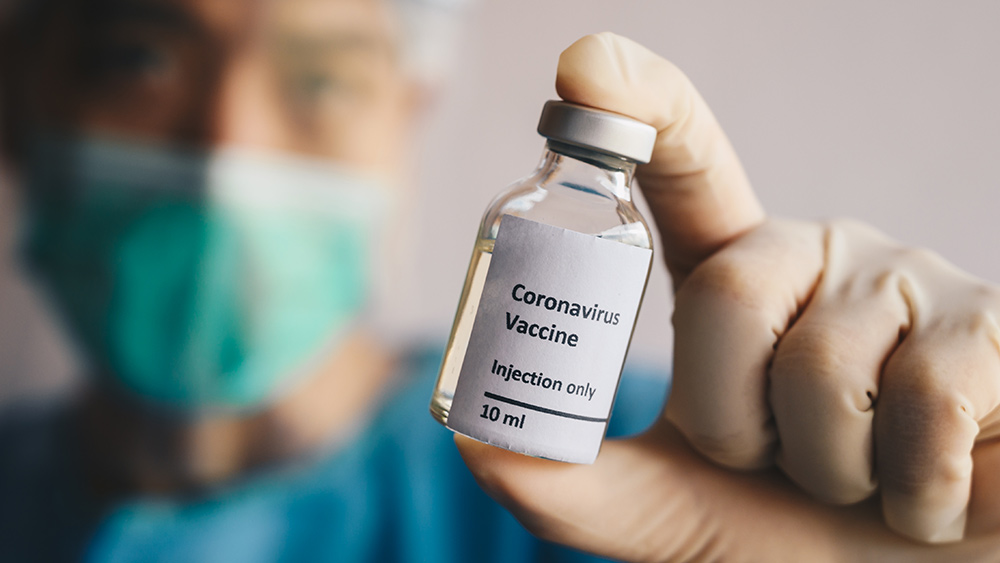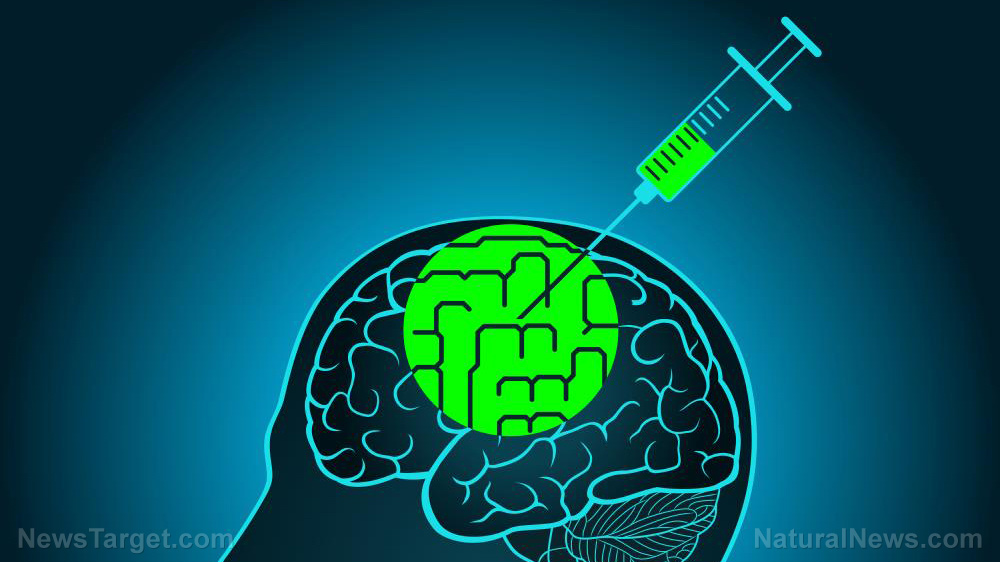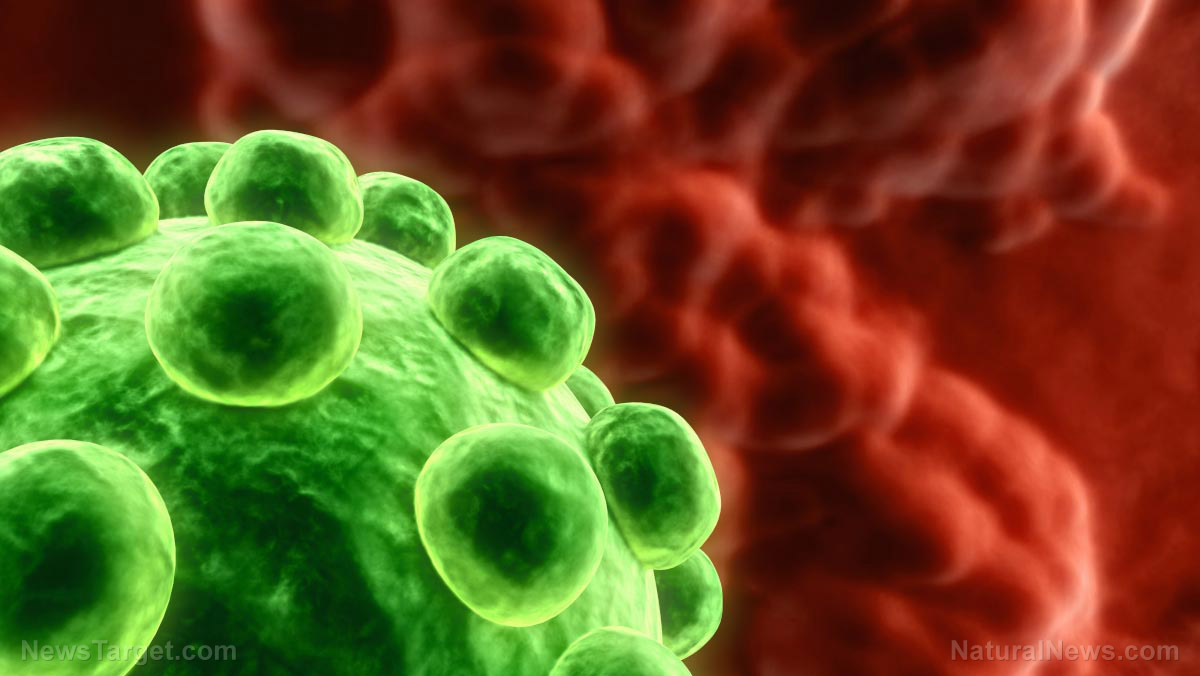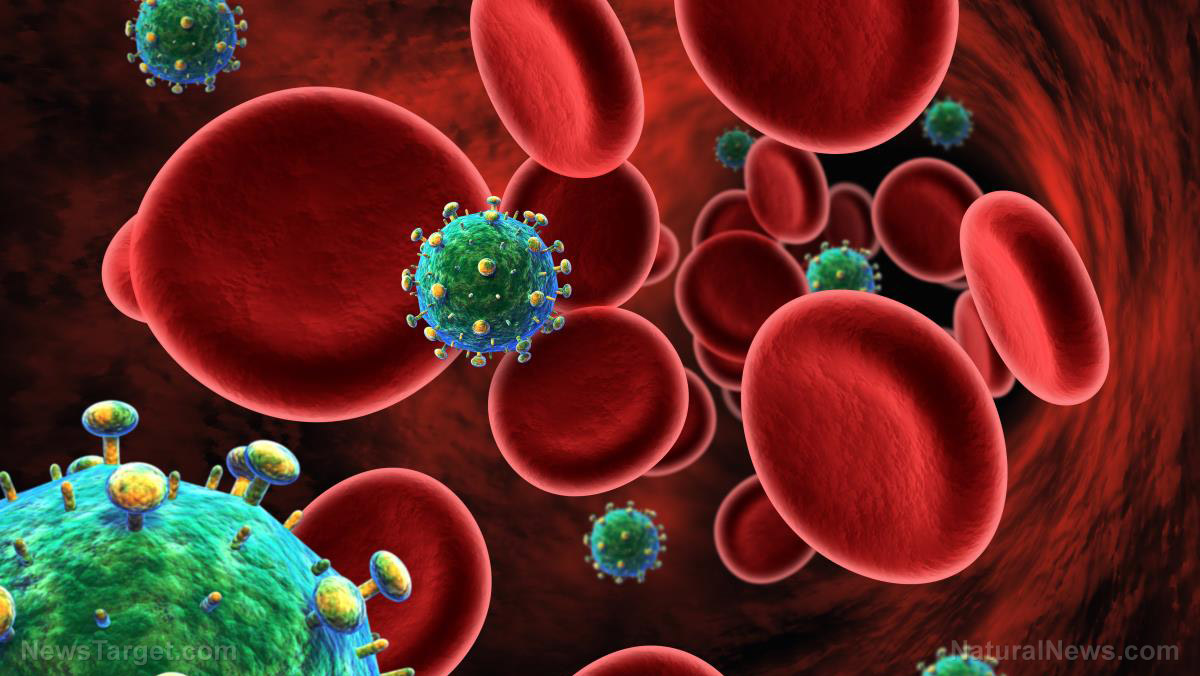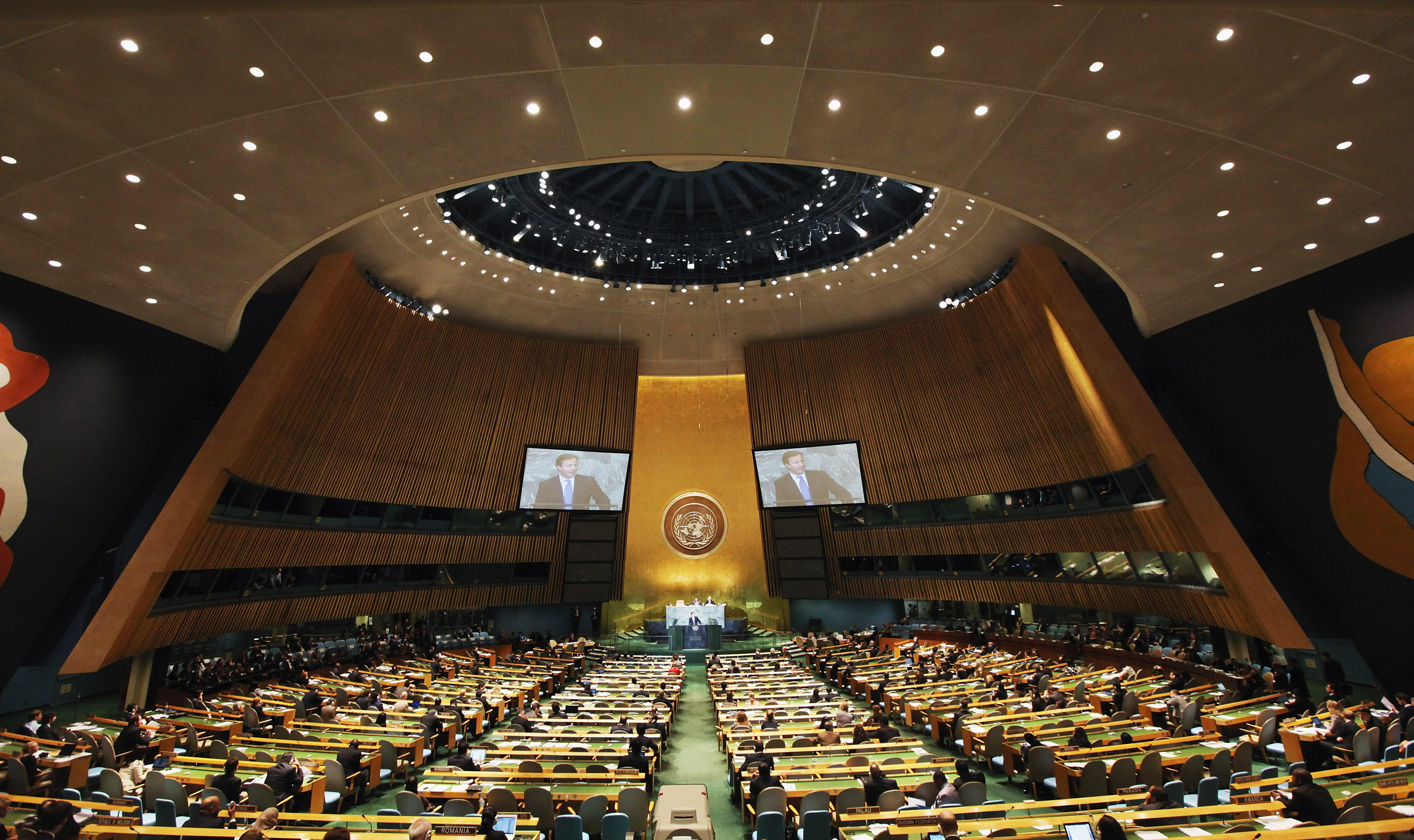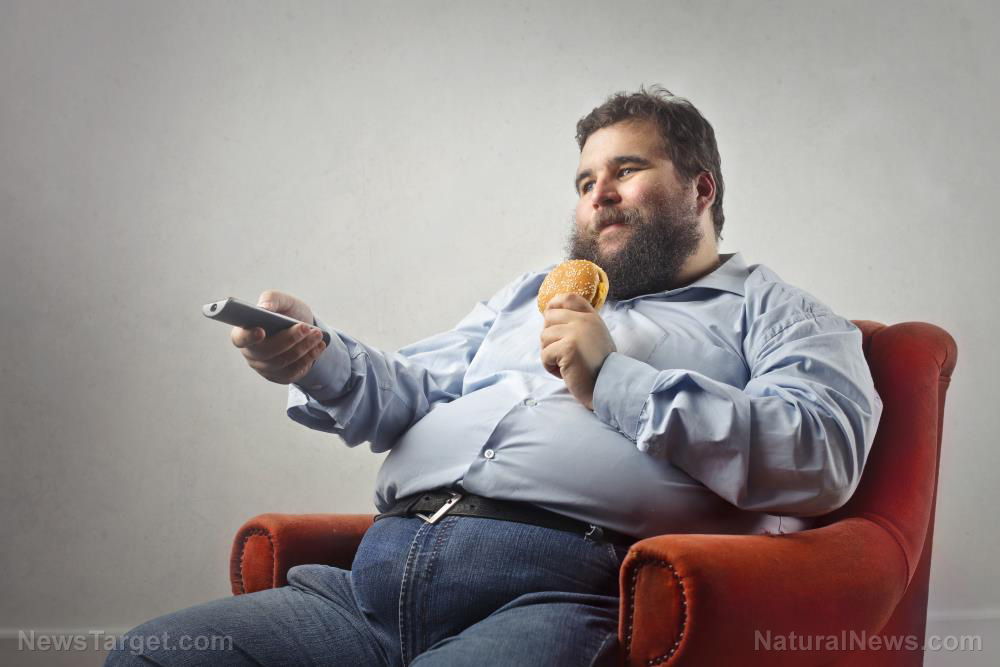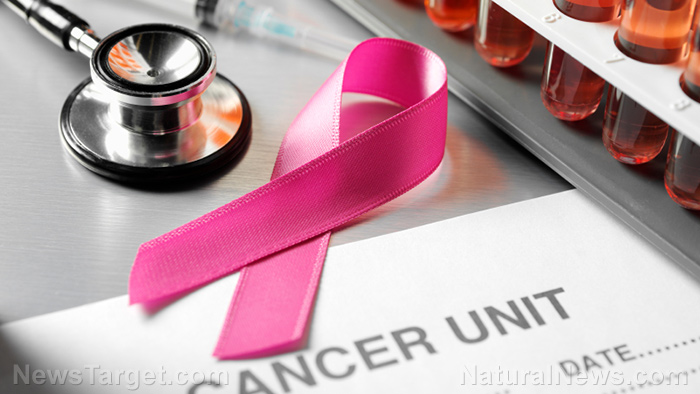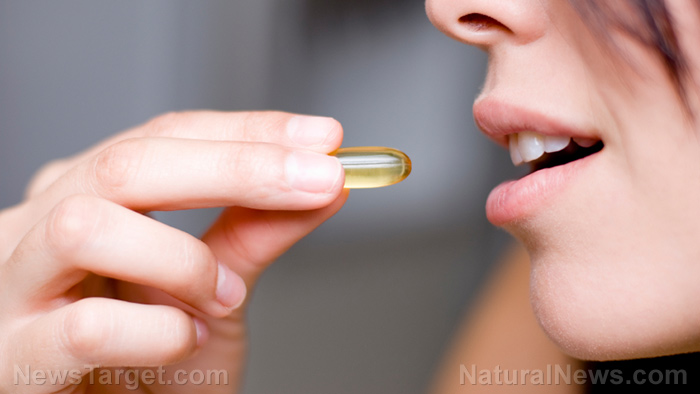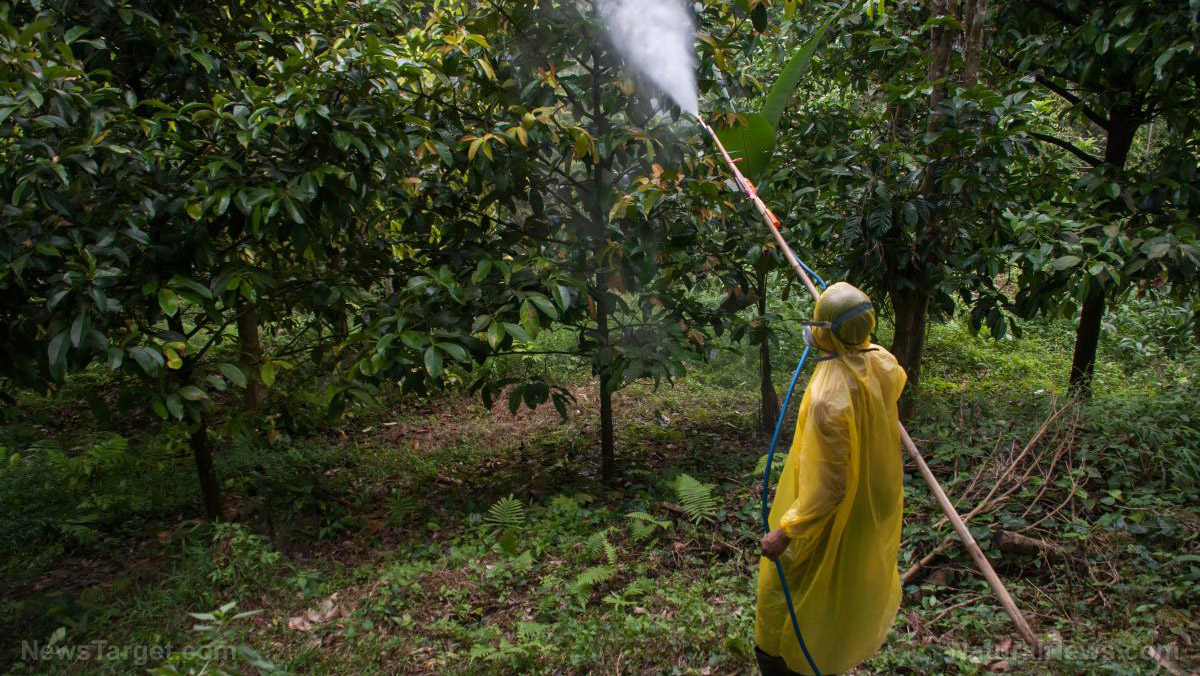EPA changing rules to allow far greater radiation exposure to the entire population… medical device manufacturers will rejoice
10/08/2018 / By Lance D Johanson
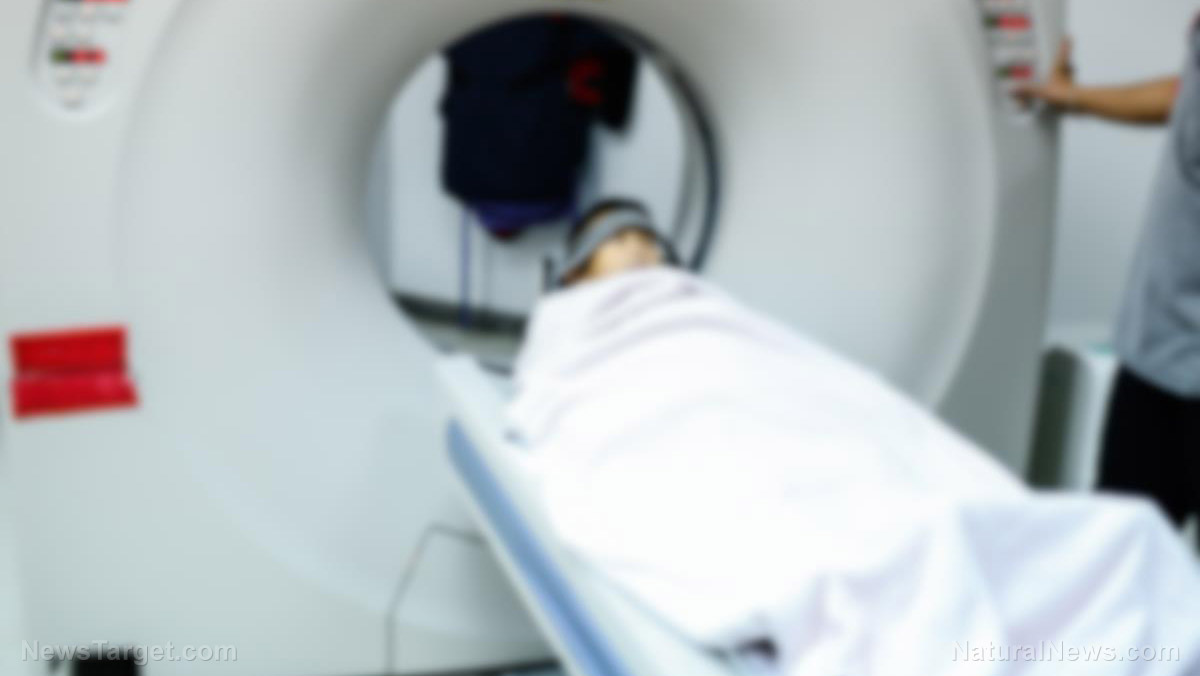
Since its inception, the Environmental Protection Agency (EPA) has ruled that “any exposure to harmful radiation is a cancer risk.” As the Trump Administration slashes regulations to boost the economy, some of the most important environmental protections could be at stake. There are industries that would rejoice if the EPA relaxed its hard line stance on radiation exposure. Among them are the nuclear power industry and the medical device manufacturers.
The EPA’s linear, no-threshold model for radiation exposure requires an expensive protocol when accidents occur at nuclear plants, in medical centers, and at EPA super fund sites. If the EPA does away with these regulations, then the workers at nuclear installation sites and oil drilling sites will inevitably experience higher levels of radiation.
Without the regulations, medical workers who conduct X-rays and CT scans may be exposed to greater levels of radiation on a daily basis. If radiation can be viewed as beneficial – as some industry outliers propose – then the entire population will gradually be exposed to far more of it than ever before.
So where does the scientific standard come in? How far does the government push back against human health in order to benefit industry?
EPA proposes rule change to differentiate radiation exposure
A proposed rule change at the EPA could potentially weaken limits on radiation levels, exposing the public to more radiation over time. According to Edward Calabrese, toxicologist at the University of Massachusetts, the country could save billions of dollars by weakening limits on radiation exposure, while having a positive impact on human health.

Under the rule change, regulations would not be bound to the EPA’s longstanding no threshold model for radiation exposure. When it comes to handling dangerous substances, regulators could adapt strategies to consider “various threshold models across exposure range.” Calabrese considers this proposal “a major scientific step forward” for the assessment of “chemicals and radiation.”
The new rule would differentiate between the different kinds of radiation. For instance, the radiation from microwaves could be considered less hazardous than higher-energy, shorter-wave radiation that comes from X-rays. Radiation that can penetrate and disrupt living cells may be handled with strong safety standards, but other, less intense radiation exposures may be disregarded.
Now the question is whether the people should be protected as much as possible or whether a small amount of radiation can be considered benign or even beneficial. The consensus at the National Council on Radiation Protection and Measurements, based on 29 public health reviews on cancer rates, agrees that even low level exposure should be mitigated as much as possible. The Council has studied how low level radiation increases cancer risk for people at leak-prone Soviet nuclear installation sites, those exposed to medical treatments, and those exposed to the atomic bombs dropped on Japan in World War II. The council agrees that relaxing the rules for low dose radiation exposure is irresponsible and still puts the population at risk.
According to the EPA’s scientific assessment, there will always be some cancer risk from any kind of radiation exposure. The EPA’s online guidance (separate from the proposed rule change) states, “Even exposures below 100 millisieverts” — an amount roughly equivalent to 25 chest X-rays or about 14 CT chest scans — “slightly increase the risk of getting cancer in the future.” According to the U.S. FDA, a single CT scan sends a dose of 10 millisieverts to the patient, increasing their risk of fatal cancer by 1 in 2000.
If the risks are undermined, medical device manufacturers will profit, but cancer rates could go up for the general public. However, Calabrese asserts that some of this small dose radiation is actually beneficial to human health and acts as stressors to activate the body’s repair systems. Calabrese says the no threshold model is deceptive because being exposed to a little radiation is no different than being exposed to sunlight during the day.
As the EPA finds ways to reduce regulation to maximize industry profits, how will human health be impacted?
For more analysis on this topic, visit Radiation.News.
Sources include:
Submit a correction >>
Tagged Under:
beneficial radiation, cancer risk, corporate economy, CT scans, cumulative radiation, economy, EPA, health risk, medical devices, nuclear power industry, radiation exposure, radiation science
This article may contain statements that reflect the opinion of the author

